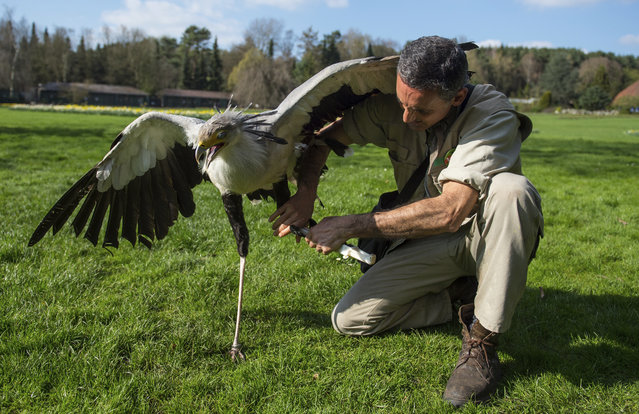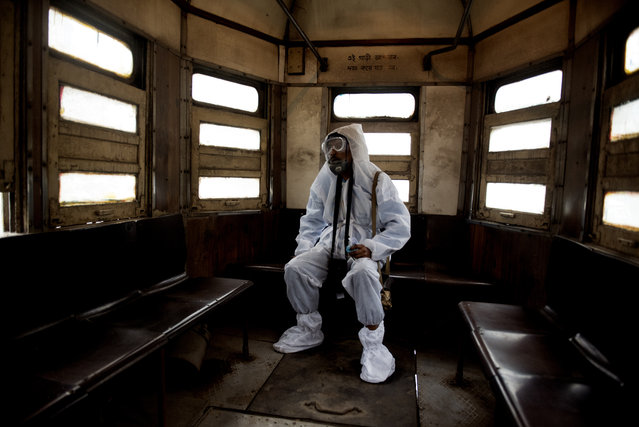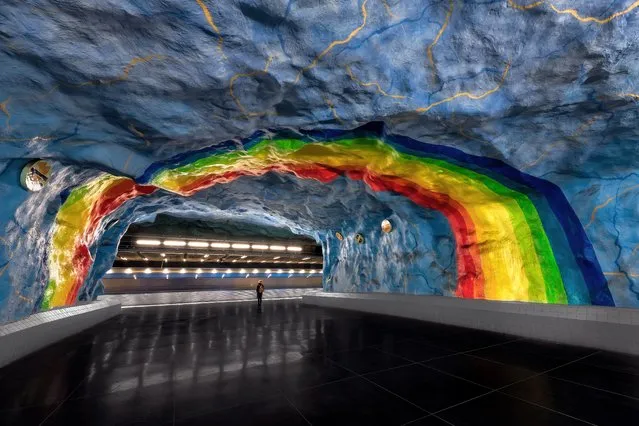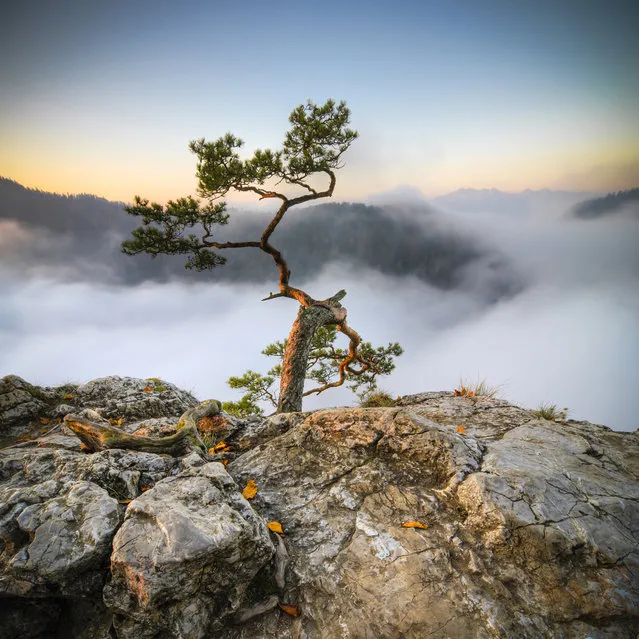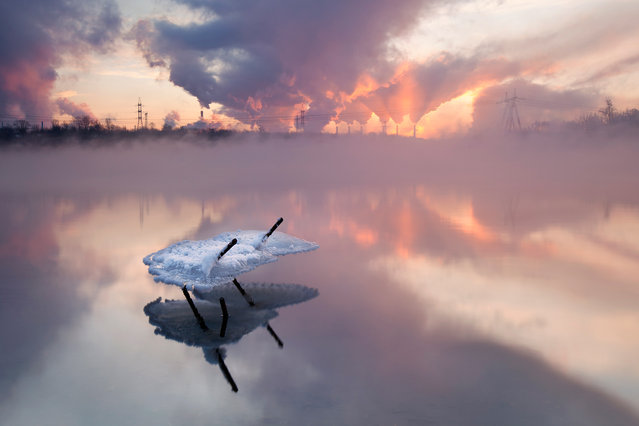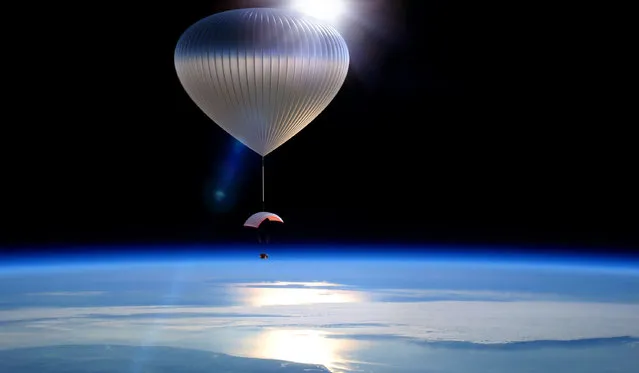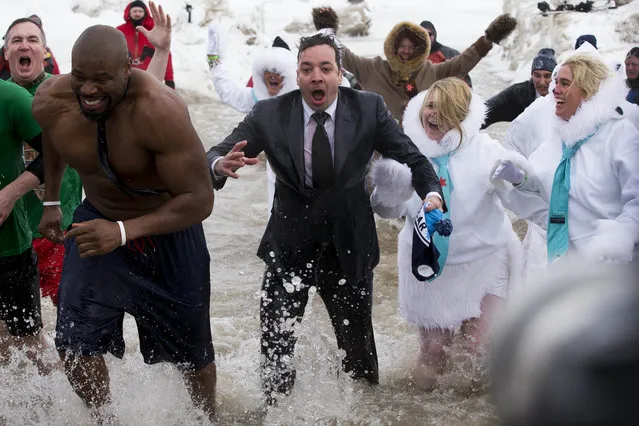
“The Tonight Show” host Jimmy Fallon, center, exits the water during the Chicago Polar Plunge, Sunday, March 2, 2014, in Chicago. Fallon joined Chicago Mayor Rahm Emanuel in the event. (Photo by Andrew A. Nelles/AP Photo)
08 Mar 2014 11:06:00,post received
0 comments

